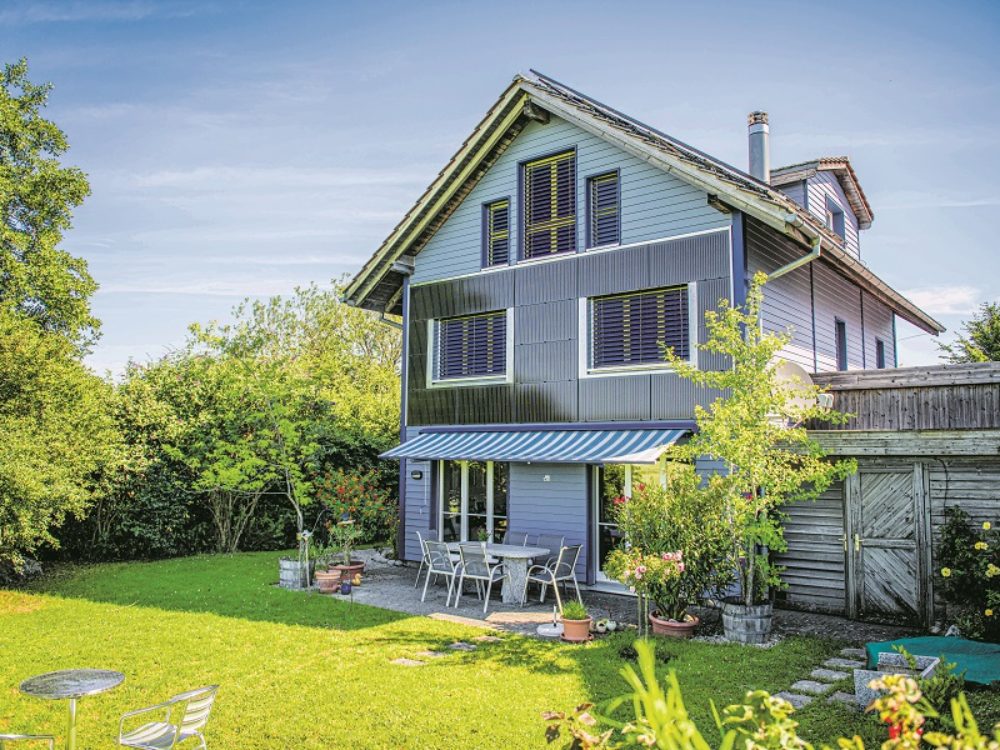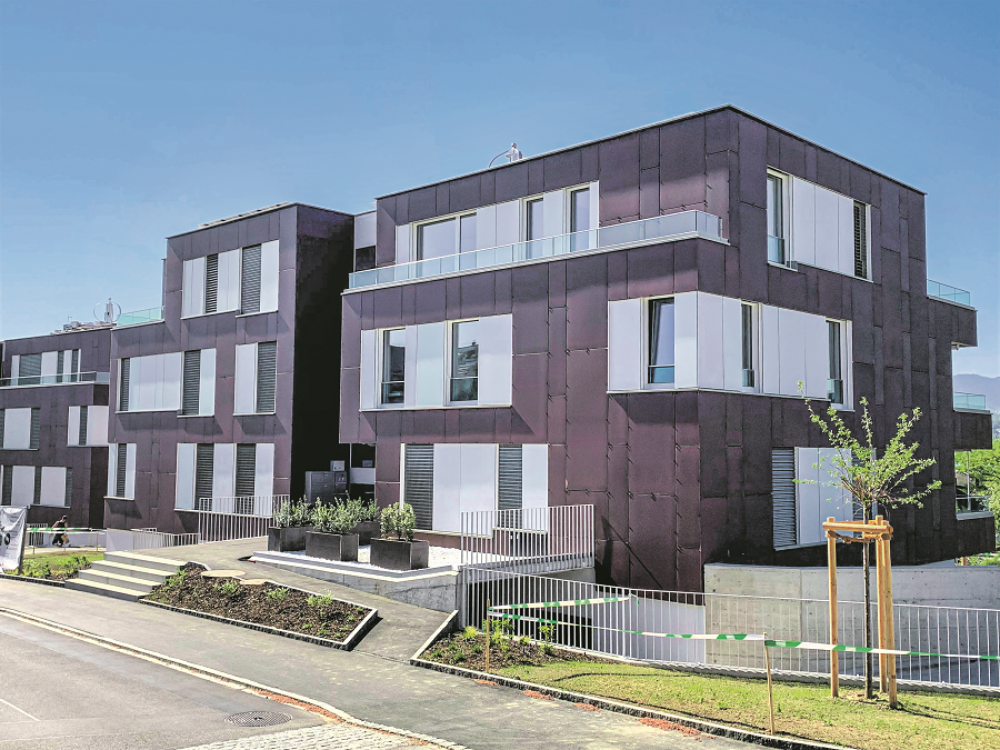June 08.2020
The full version of this article was published by SwissEnergy on the “Energiejournal – Issue May 2020”. By Bruno Habegger
Black and quite technological: this is how a classic solar module looks like. Nowadays, architects and customers are given a wider selection of products and have the opportunity to harmoniously integrate photovoltaics into buildings and their surrounding area. New building materials that generate electricity are gaining ground.
The charming blue wooden house on the edge of the village of Jegenstorf (BE-CH) can probably still be classified as random aesthetics: the house, with photovoltaic modules on the facade, looks like it has a face. If you keep wandering around the region, you will see photovoltaic systems that look like technical fixtures mounted on the building and shining in the sun, where the contribution to the implementation of the Energy Strategy 2050 seems more important than aesthetics – clean electricity before looks. This is the past. The typical striped patterns on black or dark blue are now giving way to colours, patterns and images.

A horizontal band of photovoltaic modules in the colours of the materials behind them: wood, metal (turquoise) and fibre cement (red). The opaque glass-glass modules have been digitally printed. ÜserHuus AG, a spin-off of the Lucerne University of Applied Sciences and Arts, managed this project in Watford, London. Photo: SFOE.
The development of solar cells is progressing and efficiency is increasing thanks to new materials and designs. Maybe the secret lies in the glass. Research, architects and companies meet every year at the Advanced Building Skins Conference in Bern. In the latest edition, it was presented the EPoG technology, glass with integrated solar cells. Be Smart is the name of the corresponding EU project in which the EPFL of Lausanne is also participating. If market-ready products emerge from this, photovoltaics will certainly become invisible and old wooden houses such as the one in Jegenstorf will look the same as ever. But they will produce energy.
To view the full version of the article, please refer to the following link (available in DE, FR, IT): https://www.energieschweiz.ch/de-ch/home.aspx?p=22949



